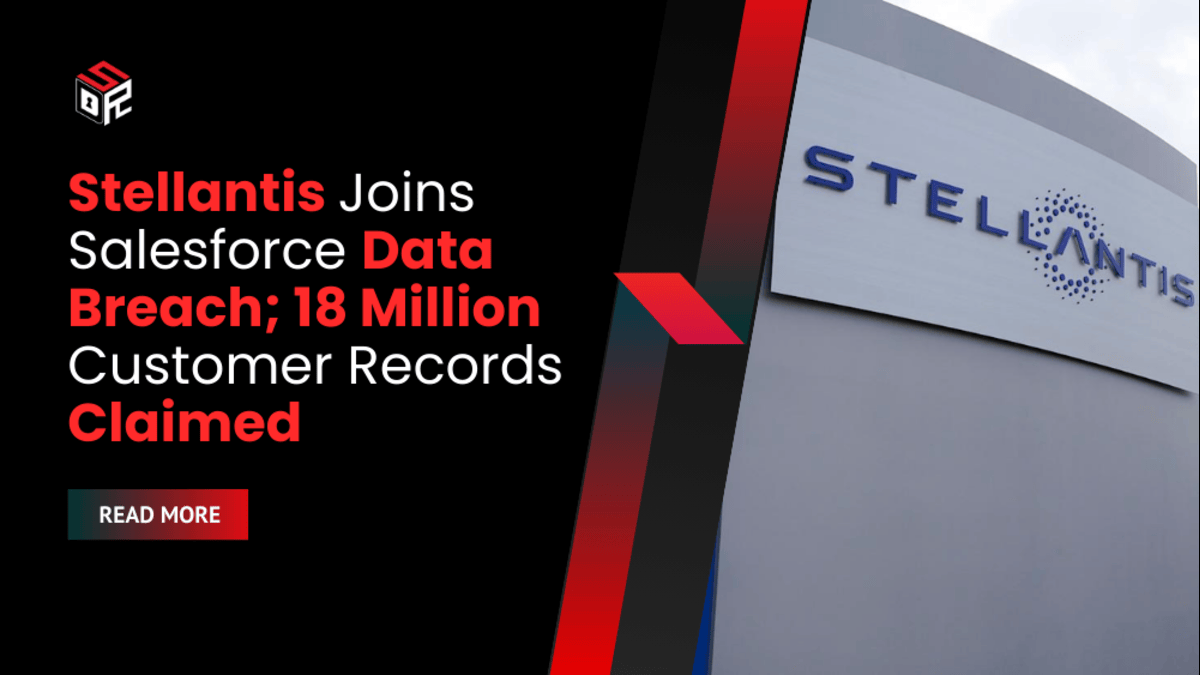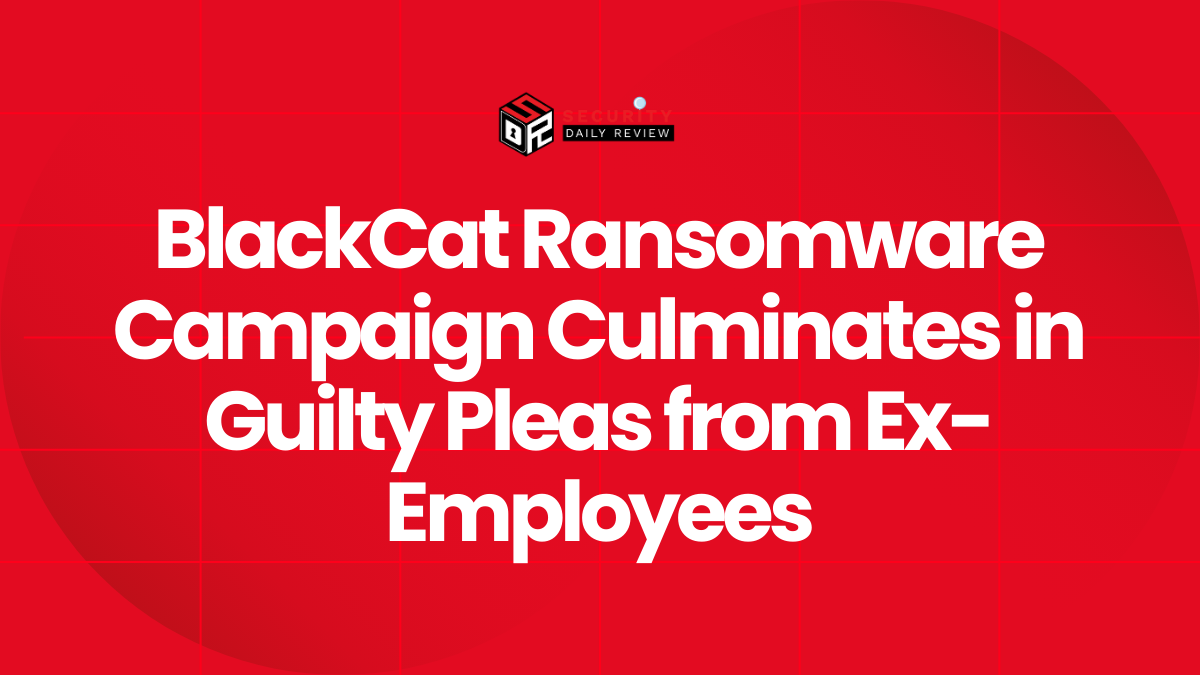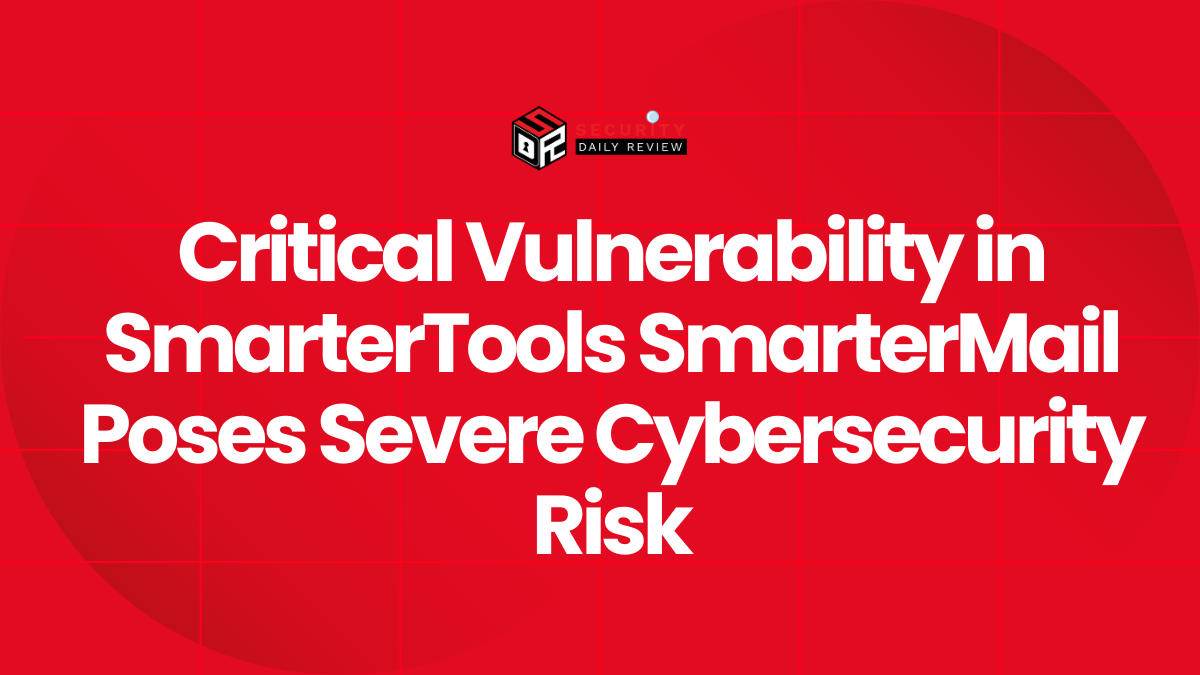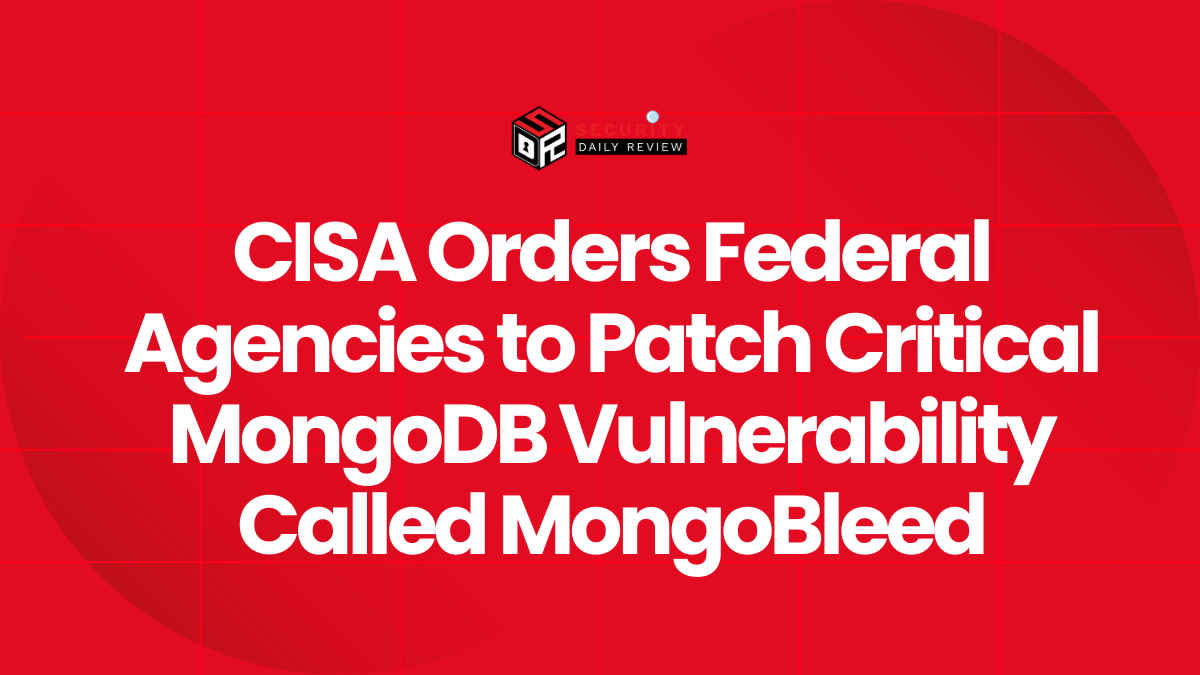Attack Vector, Timeline and Attribution
Stellantis has confirmed unauthorized access to a third-party service provider’s platform that supports its North American customer-service operations, attributing the incident to a broader campaign exploiting Salesforce instances. The company said it “immediately activated incident response protocols” after detecting the intrusion, but did not disclose the exact detection date. The intrusion aligns with a wave of Salesforce compromises that earlier impacted Jaguar Land Rover (first reported August 31) and other organizations, and that has been claimed by the Shiny Hunters group. Threat actors told reporters they obtained over 18 million CRM records—primarily contact details—during the campaign.
“We recently detected unauthorized access to a third-party service provider’s platform that supports our North American customer service operations.” — Stellantis statement.
Technical Breakdown, Data Exposed and Operational Impact
Stellantis says the data accessed was limited to names, phone numbers and email addresses stored in the affected CRM platform; the automaker maintains that no sensitive personal or financial information was stored on that platform and therefore was not accessed. Based on available descriptions:
- Attack method: Compromise of Salesforce instances (CRM platform) used by a third-party provider that supports customer-service workflows.
- Data exposed: Names, phone numbers, email addresses (contact information).
- Operational impact (direct): Stellantis reports no factory or production shut-downs tied to this incident. By contrast, Jaguar Land Rover experienced sustained manufacturing suspensions after its Salesforce instance was breached—losing an estimated £50 million per week and furloughing thousands of workers.
- Secondary impact (likely): Large-scale exposure of contact data raises immediate phishing, social-engineering and account-takeover risks for affected customers and downstream partners.
Comparative incidents that contextualize this campaign include Jaguar Land Rover’s multi-week operational outage (August 31 onward), the November disruption tied to a third-party supplier (Yanfeng) that affected Stellantis operations via a separate supply-chain incident, and recent claims around alleged corporate document theft reported for other OEMs (for example, media reports about BMW and the Everest actor). These events highlight the systemic risk of third-party and CRM platform exposure across the automotive sector.
“A phone number and an email address can be turned into convincing phishing campaigns, social engineering attacks, or scams that prey on friends and family.” — Clyde Williamson, Senior Product Security Architect, Protegrity.
Investigative Context, Likely Motive and Threat Actor Behavior
The campaign’s pattern—targeting Salesforce instances used by multiple organizations—suggests a motive combination of data monetization (bulk CRM data sales) and extortion/operational disruption (as seen in JLR’s factory shutdowns). Shiny Hunters and affiliated groups have previously claimed to sell or leak large datasets and to coordinate ransomware or disruptive campaigns with other criminal actors. The use of a widely adopted SaaS CRM as the distribution point greatly amplifies potential impact because a single compromise can cascade across multiple corporate customers.
Risk Implications and Regulatory Concerns
Although Stellantis reports that financial and sensitive personal data were not stored on the affected platform, the exposure of contact information still carries important risks:
- Identity and fraud risk: Contact details enable targeted phishing, SIM-swap attempts, and tailored social-engineering attacks.
- Supply-chain and partner risk: Shared CRM integrations or support portals may provide lateral pathways to other vendors or systems.
- Regulatory exposure: Depending on jurisdictions and the content of the records, companies may face data-protection obligations under laws such as the GDPR (EU) and various U.S. state privacy statutes—particularly around timeliness of breach notification and demonstrable mitigation. Even if the data is “non-sensitive,” regulators increasingly treat large-scale contact data leaks seriously when they enable downstream fraud.
- Insurance and contract risk: Jaguar’s reported lack of finalized cyber insurance for the incident underscores the commercial and contractual exposures that follow such breaches.
Remediation Advice — For Affected Customers and Organizations
For individuals (customers):
- Treat unexpected calls, texts or emails with suspicion — verify identity through official channels (do not follow links in unsolicited messages).
- Do not provide account credentials, verification codes, or personal details over unsolicited channels.
- Enable MFA (multi-factor authentication) where available on accounts tied to your email/phone.
- Monitor bank and credit statements and consider adding alerts for suspicious activity.
- Report phishing attempts to the company and to local cyber-crime authorities.
For organizations (especially automakers, suppliers, and service providers):
- Assume compromise vectors through third parties — enforce least privilege, strict API scopes, and short-lived credentials for vendor integrations.
- Inventory and segment SaaS access: map which vendors and internal teams can access CRM data and restrict by role.
- Accelerate detection and response: deploy telemetry for anomalous CRM API calls, sudden exports, or mass data accesses and integrate those alerts into IR playbooks.
- Encrypt or token-ize contact data at rest where possible and limit downstream storage of contact details to systems essential for operations.
- Customer communication plan: prepare clear, plain-language notifications and phishing guidance for affected customers; provide company-verified reporting channels.
- Contract and insurance review: update third-party contracts to require incident reporting timelines, pentesting for integrated systems, and cyber insurance clarity.
Expert Takeaway and Strategic Recommendations
Security leaders must treat CRM platforms—and the vendors that manage them—as crown-jewel assets. The repeated impact across automakers and suppliers demonstrates two persistent weaknesses: heavy reliance on a small set of SaaS providers and insufficient hardening and monitoring of third-party integrations. Recovery requires not only technical containment but also stronger vendor governance, robust incident playbooks, and customer-facing fraud mitigation programs.
“Automakers need to recognize that building safe vehicles now also means securing the digital lives of the people who drive them. Anything less is leaving customers exposed.” — Clyde Williamson, Protegrity.









